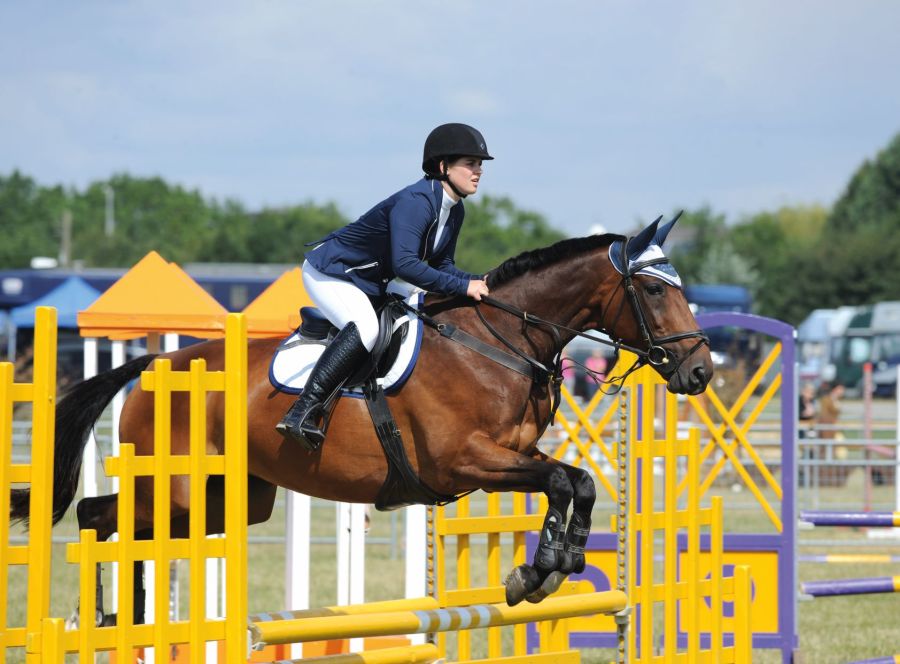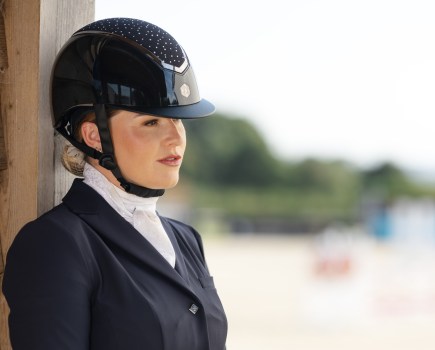British Equestrian and British Showjumping have expressed their disappointment at changes to blood rules in international competitions. World Horse Welfare also said it has “real concerns” about the revisions.
Following the vote at the FEI General Assembly in Hong Kong, rider induced blood on the horse will no longer lead to automatic elimination in FEI jumping competitions.
From 1 January 2026, horses will be able to continue competing despite displaying signs of blood, provided they are deemed fit to do so following a veterinary inspection.
British Equestrian and British Showjumping were among the national federations against the rule change. The amendment was passed by 56 votes to 20, with two abstentions.
British Equestrian said that equine welfare was its cornerstone, and while it acknowledged some positive changes, including enhanced veterinary checks, stricter sanctions for repeat offences and improved transparency, it believed the new rule falls short.
They said anything less than automatic elimination risks undermining the integrity of horse sport and the trust of the public.
“We support the FEI’s commitment to equine welfare, but based on the evidence and expert opinion, we could not support this rule,” said Jim Eyre, Chief Executive of British Equestrian. “The vote was far from unanimous, and we welcome the FEI’s pledge to ongoing review and dialogue.
“If horses are to have a future in sport, we must demonstrate unwavering respect for their welfare. That means clear, ethical rules that put the horse first. We remain committed to working with the FEI and fellow federations to ensure fairness, clarity, and the highest standards of care in equestrian sport.”
British Showjumping’s Chief Executive Iain Graham echoed Mr Eyre’s concerns.
“As leaders in equestrian sport, our duty is clear: protect our athletes, human and equine, and put horse welfare at the heart of every decision,” he said.
“While we recognise the riders’ concerns and welcome elements like enhanced veterinary checks and tougher penalties for repeat offences, removing automatic elimination for visible blood is a step backwards. It risks eroding public trust and undermines the very progress these changes aim to achieve.
“We’re also disappointed that the FEI chose not to advance the use of padded batons over traditional whips in international jumping – a missed opportunity for meaningful reform.
“British Showjumping will not be changing our national rules in response. We remain committed to evidence-based decisions and stand firmly behind the British Equestrian Charter for the Horse, built on empathy, care, respect, consideration, ethics and learning.”
Meanwhile World Horse Welfare’s Chief Executive Roly Owers said the charity had “real concerns” about the rule change.
“From an equine welfare and ethical perspective, we believe all cases of blood induced by a rider or their tack or equipment should continue to result in elimination,” he said.
“Not doing so introduces a real risk of undermining a culture of empathy and respect for the horse.”
Similarly to British Equestrian, Mr Owers noted that some of the changes were positive, including greater veterinary oversight, sanctions for repeat offenders and greater transparency over incidents involving blood, but the “proof will be in the pudding” as to whether this change better protects horses.
The new rule (Article 259 of the FEI Jumping Regulations) stipulates that rider induced blood on the horse will no longer lead to automatic elimination and instead, a system of recorded warnings will be introduced.
For the first and second violations there will be registered warning, and for two or more warnings within 12 months, a fine of CHF 1,000 (£960) and a one-month suspension.
If the blood stems from other causes, for example, the horse has bitten its tongue or is bleeding from the nose, the combination may be allowed to continue in the competition, provided that the horse is deemed fit by a vet.
The previous rule covering automatic elimination in the event of the presence of blood has been removed, but the rule on automatic elimination for marks that indicate excessive use of spurs remains in place.
Main image © Your Horse Library







